Bearded dragons have taken the American pet market by storm, becoming the undisputed champions among reptile companions in households across the nation. These charismatic lizards from Australia have outpaced other exotic pets through their unique combination of manageable care requirements, friendly temperaments, and distinctive appearance. Unlike many reptiles that remain aloof or challenging to handle, bearded dragons have earned their place in American homes by offering an interactive pet experience while still maintaining the fascinating allure of an exotic species. Their rise to popularity represents a perfect convergence of accessibility for beginners and enough complexity to satisfy experienced reptile enthusiasts, creating a widespread appeal that crosses demographics from families with children to single adults seeking a unique companion.
The Friendly Disposition of Bearded Dragons
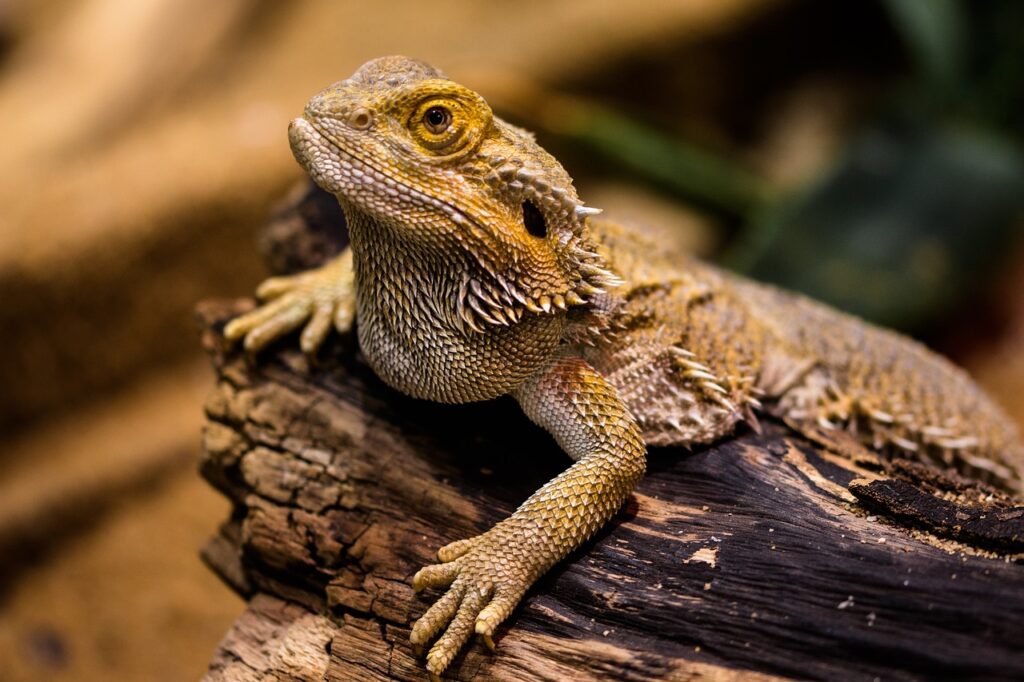
Perhaps the most compelling reason for the bearded dragon’s meteoric rise in popularity is their remarkably docile and friendly nature. Unlike many reptiles that merely tolerate human interaction, bearded dragons often appear to genuinely enjoy being handled and can recognize their owners over time. Their calm demeanor makes them exceptional pets for families with children, as they rarely bite and typically remain still during handling sessions.
Many owners report that their bearded dragons will actively seek out interaction, sometimes climbing onto outstretched hands or perching on shoulders voluntarily. This social behavior creates a bond between owner and pet that’s unusual in the reptile world, offering an emotional connection more commonly associated with traditional pets like cats and dogs.
Manageable Size and Housing Requirements
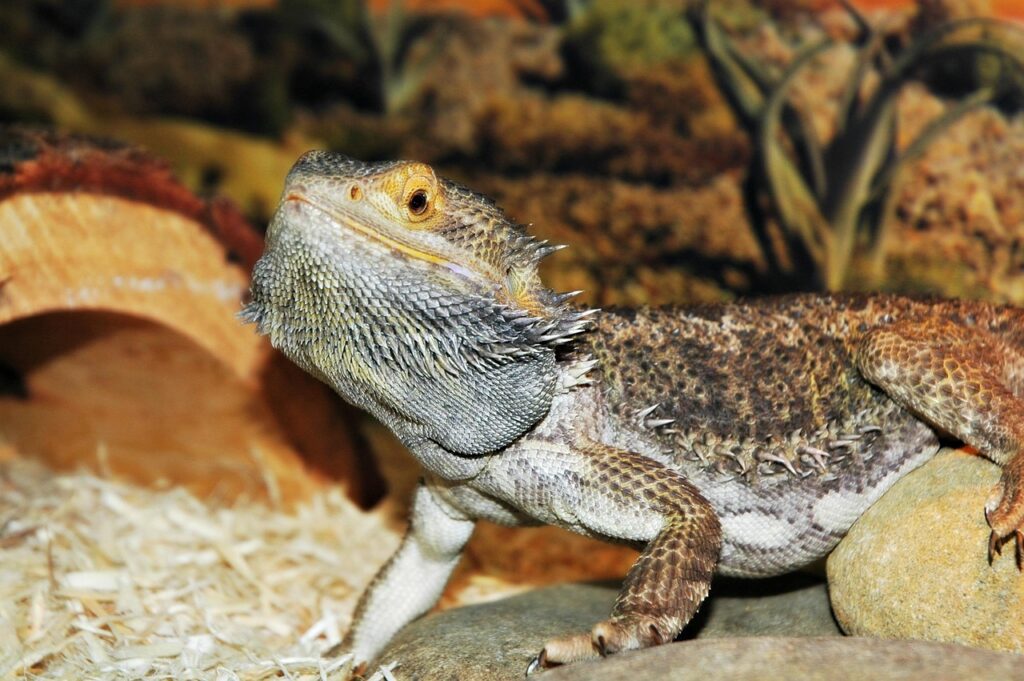
Bearded dragons strike the perfect balance in size – substantial enough to be handled comfortably but not so large as to require excessive space. Adult bearded dragons typically reach 18-24 inches in length, making them visible and interactive without demanding the massive enclosures that larger reptiles require.
A full-grown bearded dragon can be comfortably housed in a 40-75 gallon terrarium, which fits easily in most living spaces without dominating a room. This manageable size also translates to more affordable setup costs compared to larger reptiles like monitors or tegus. The reasonable spatial requirements make bearded dragons accessible to apartment dwellers and homeowners alike, broadening their appeal across various living situations.
Fascinating Behaviors and Communication
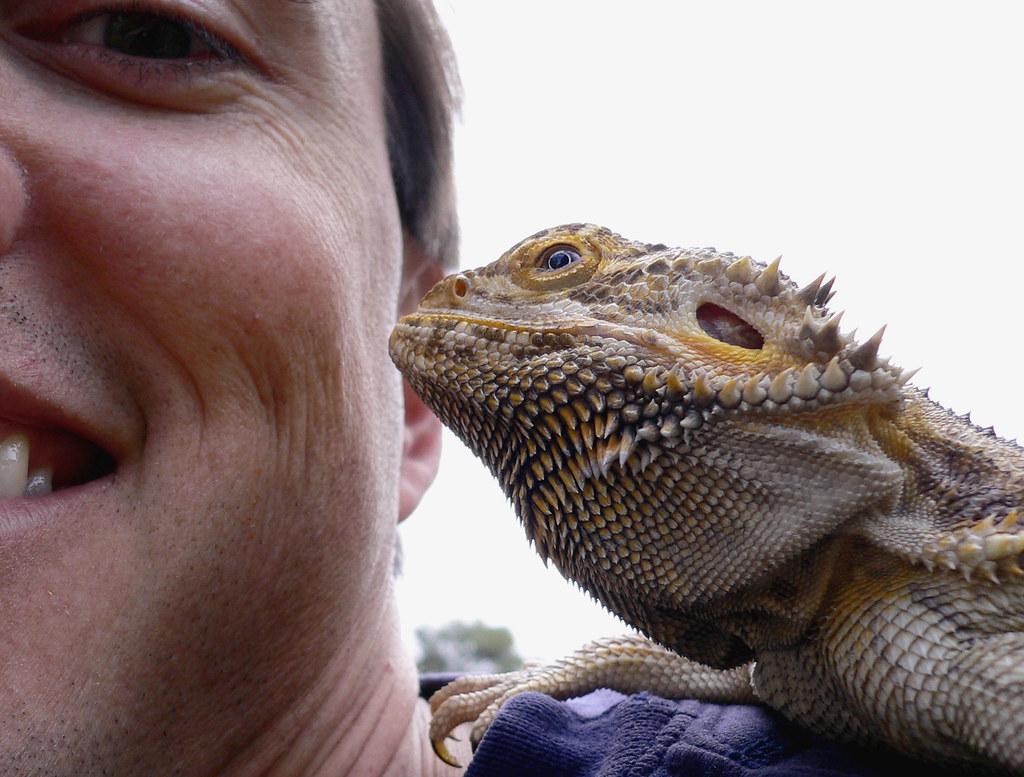
Bearded dragons display a range of behaviors that make them endlessly entertaining to observe. Their namesake “beard” – the spiny pouch beneath their chin – darkens and expands when they feel threatened or during mating displays, creating a dramatic visual communication method that fascinates owners. Many bearded dragons perform an endearing arm-waving gesture, raising one foreleg in a circular motion as a submissive display to other dragons or sometimes even to their human caretakers.
These lizards are also known for their distinctive head-bobbing behaviors, which vary in intensity depending on whether they’re establishing dominance or showing interest in their surroundings. The complexity of these communication methods gives owners insight into their pet’s emotional state, creating a deeper connection than possible with many other reptile species.
Diurnal Activity Pattern
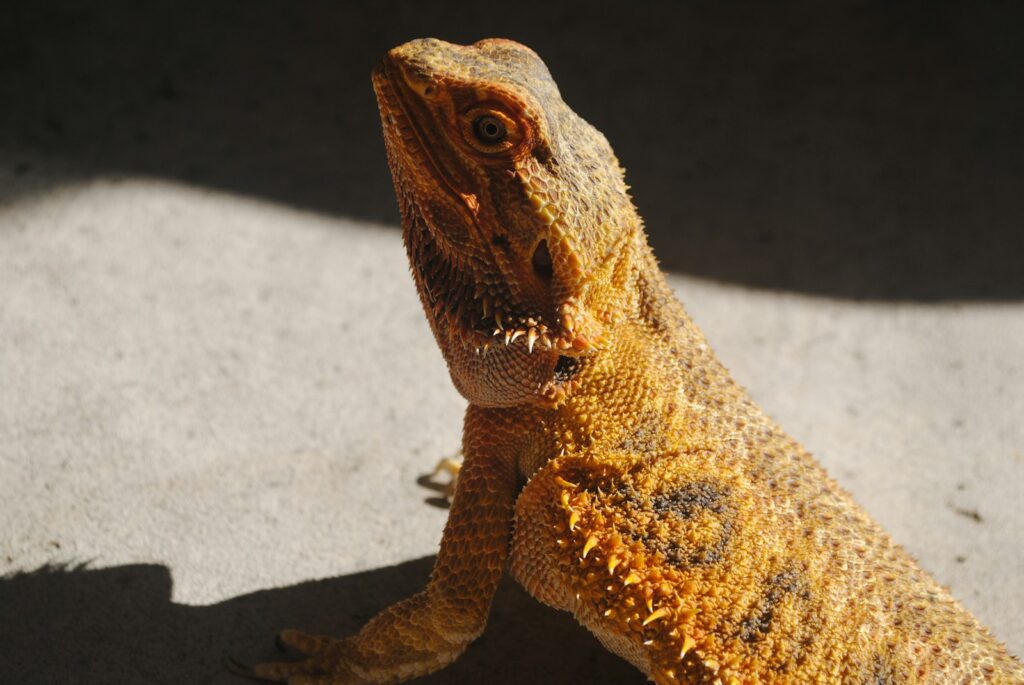
Unlike many popular reptile pets that are primarily active at night, bearded dragons are diurnal, meaning they’re awake and active during daylight hours when their human companions are also awake. This synchronization of schedules creates more opportunities for meaningful interaction between pet and owner. Bearded dragon enthusiasts can watch their pets bask, hunt, explore, and display their natural behaviors during convenient times rather than missing the action because it occurs while they’re sleeping.
Their daytime activity pattern also means that bearded dragons are more likely to be active during feeding times and handling sessions, providing a more rewarding experience for owners. This compatibility with human schedules is a significant factor in their popularity over nocturnal reptiles like leopard geckos or crested geckos.
Omnivorous Diet Flexibility
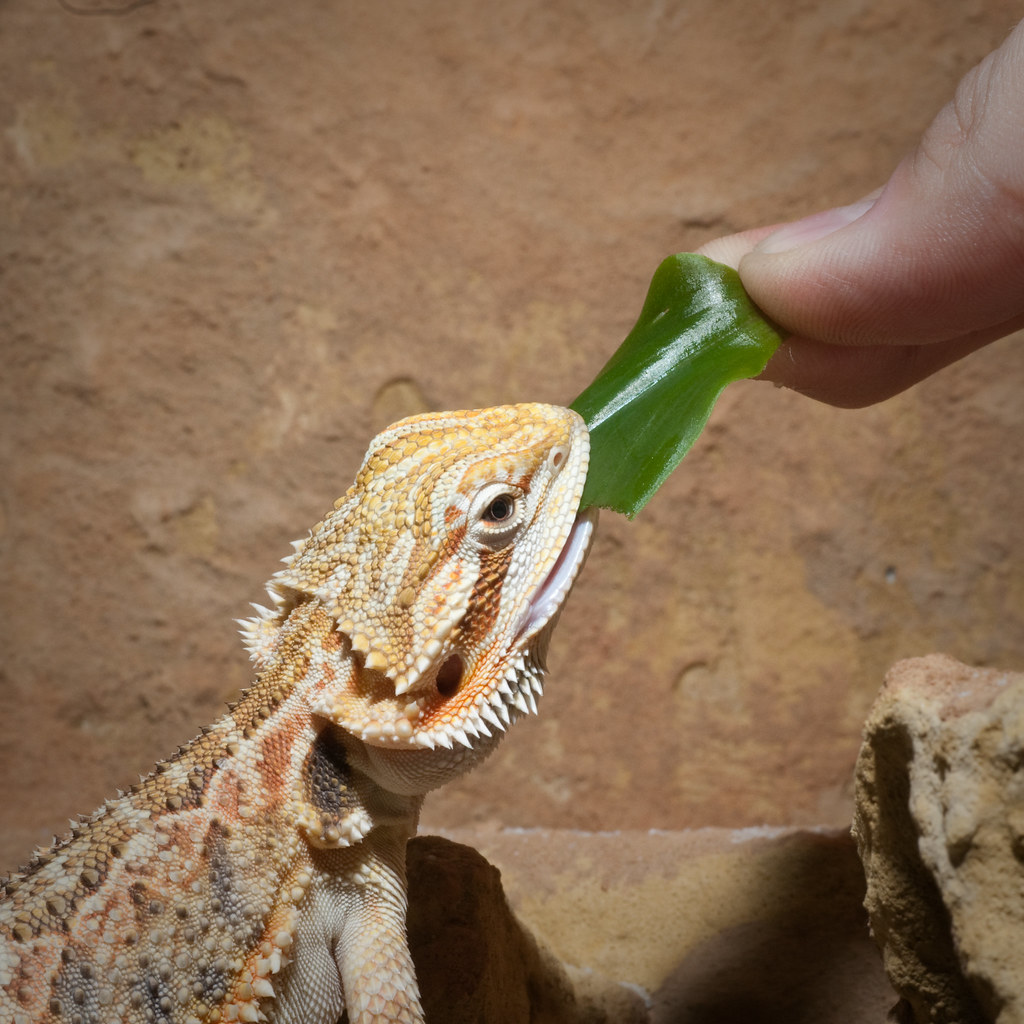
The bearded dragon’s omnivorous diet offers practical advantages that contribute significantly to their popularity. Unlike strict carnivores or herbivores, bearded dragons thrive on a varied diet of insects, vegetables, and occasional fruits, providing flexibility that makes feeding more manageable and interesting. This dietary versatility means owners can supplement commercial reptile foods with readily available produce from their own kitchens, creating enrichment opportunities through varied meal presentations.
Young bearded dragons require more protein in the form of insects, while adults gradually shift to a diet comprised of approximately 80% plant matter, allowing the feeding routine to evolve as the pet matures. The omnivorous nature of bearded dragons also means they’re less likely to develop nutritional deficiencies than species with more specialized dietary needs, making them more forgiving pets for novice reptile keepers.
Distinctive Appearance and Color Variations
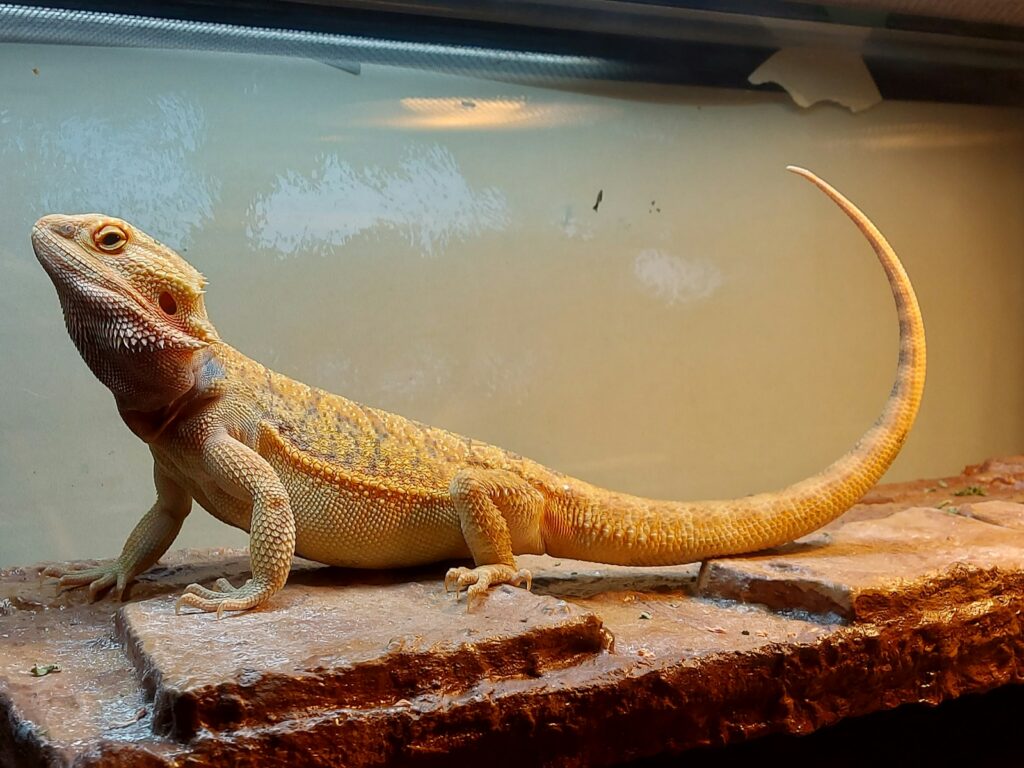
Bearded dragons possess a prehistoric, dragon-like appearance that captivates reptile enthusiasts and casual pet owners alike. Their triangular heads, spiny scales, and the distinctive “beard” of spikes under their throats create an appearance that balances exotic appeal with an almost endearing quality. The reptile hobby has seen an explosion in bearded dragon morphs – selectively bred color and pattern variations – with options ranging from vibrant oranges and reds to pastel yellows, whites, and even translucent scales. Morphs like “leatherbacks” feature reduced spines for a smoother appearance, while “silkbacks” have almost no spines at all, demonstrating the remarkable diversity available within the species. These varied appearances allow potential owners to select a pet with a look that personally appeals to them, creating a more personalized connection from the start.
Reasonable Lifespan Commitment
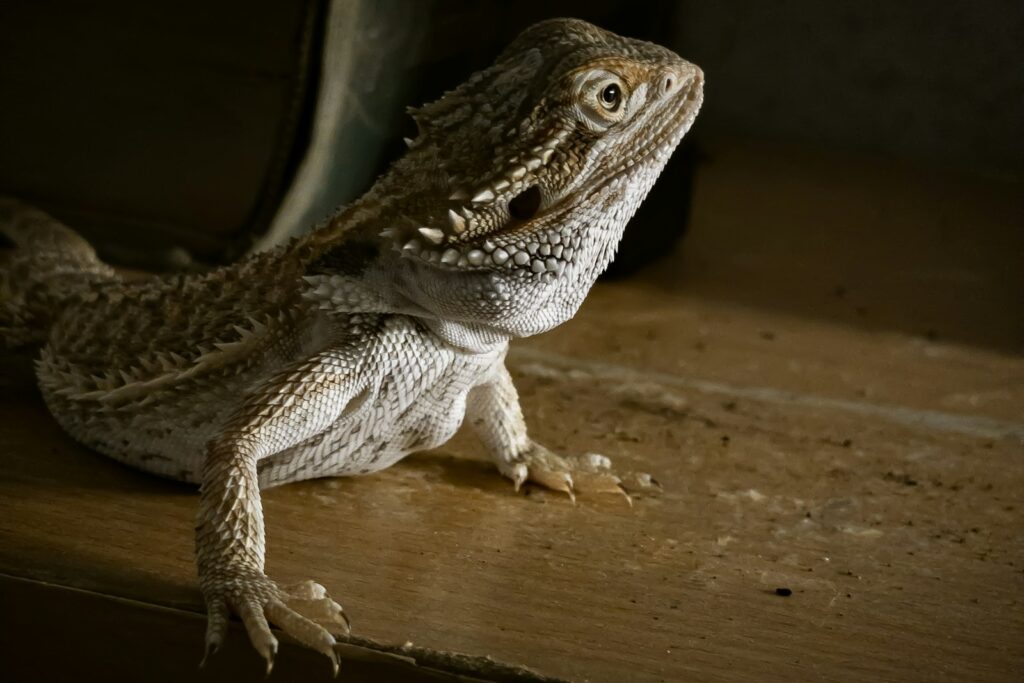
With a typical lifespan of 8-12 years in captivity, bearded dragons represent a significant but not overwhelming time commitment for pet owners. This lifespan strikes an appealing balance between short-lived pets that may lead to frequent heartbreak and extremely long-lived species that can outlive their owners.
The decade-long commitment allows families to form meaningful bonds without the 30+ year responsibility that comes with tortoises or large parrots. Parents often choose bearded dragons as family pets knowing they’ll likely remain with the family through a child’s formative years but won’t necessarily require care arrangements decades into the future. This reasonable lifespan also means owners can witness their bearded dragon’s full life cycle from juvenile to adult to senior, creating a complete and fulfilling pet ownership experience.
Educational Value for Children
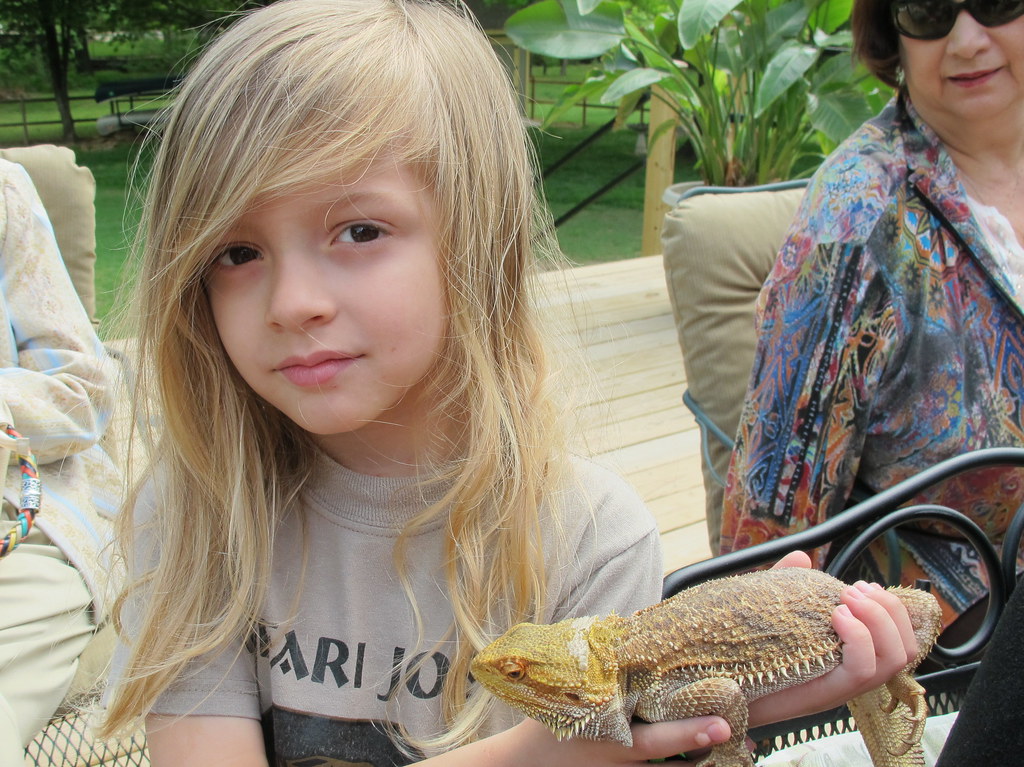
Bearded dragons serve as exceptional educational tools for children, teaching responsibility while providing hands-on lessons in biology, ecology, and animal behavior. Caring for these reptiles introduces children to concepts like thermoregulation as they maintain proper temperature gradients, nutrition as they prepare balanced diets, and behavioral adaptation as they observe how their pet responds to environmental changes.
Many schools have adopted classroom bearded dragons precisely because they combine educational value with manageable care requirements and safe handling characteristics. Parents report that children who help care for bearded dragons often develop increased empathy for animals and a deeper understanding of natural science concepts through practical application. The educational opportunities continue as children grow, with older children and teenagers able to participate in more complex aspects of care like habitat design and health monitoring.
Relatively Straightforward Care Requirements
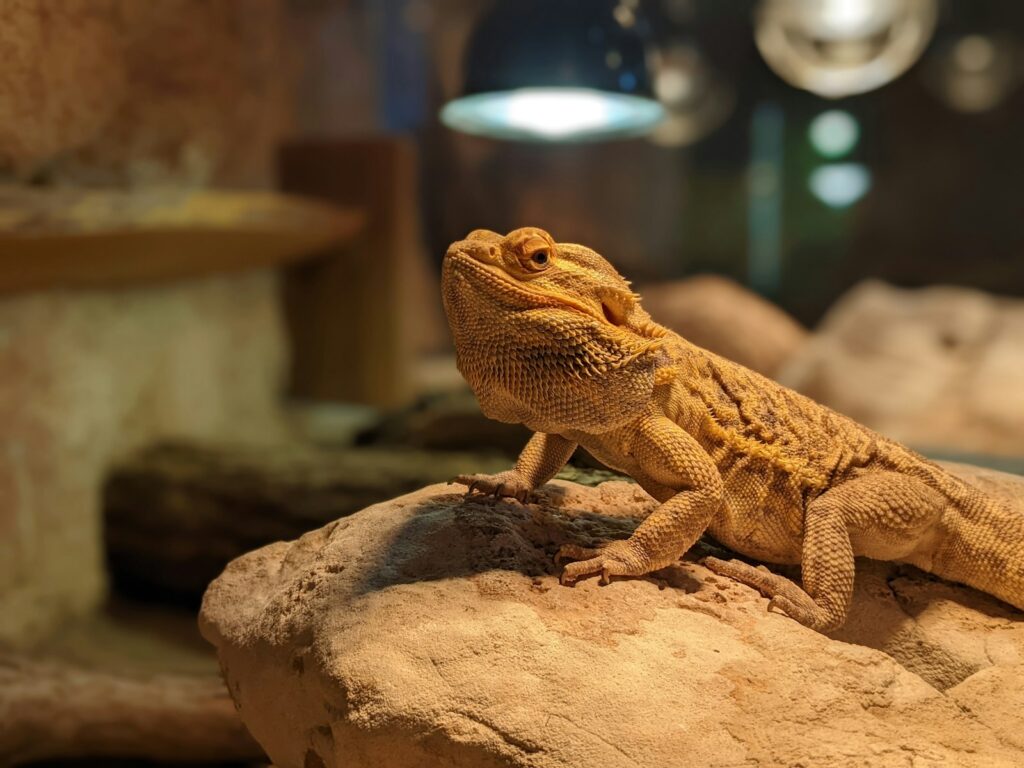
While bearded dragons do require specific care, their needs are well-documented and relatively straightforward compared to many exotic pets. Their habitat requirements focus primarily on proper heating with a temperature gradient, UVB lighting, and appropriate substrate – elements that, once established, require minimal daily adjustment. Bearded dragons don’t need the precise humidity control that many amphibians and tropical reptiles demand, making their environmental maintenance less labor-intensive. Their feeding schedule becomes predictable and manageable as they mature, with adult dragons typically eating once daily or even every other day.
Health issues are generally easy to identify through changes in behavior, appetite, or appearance, giving owners clear indicators when veterinary care might be needed. This accessible care regimen makes bearded dragons approachable for first-time reptile keepers while still offering enough complexity to remain interesting for experienced enthusiasts.
Strong Breeding Industry and Availability
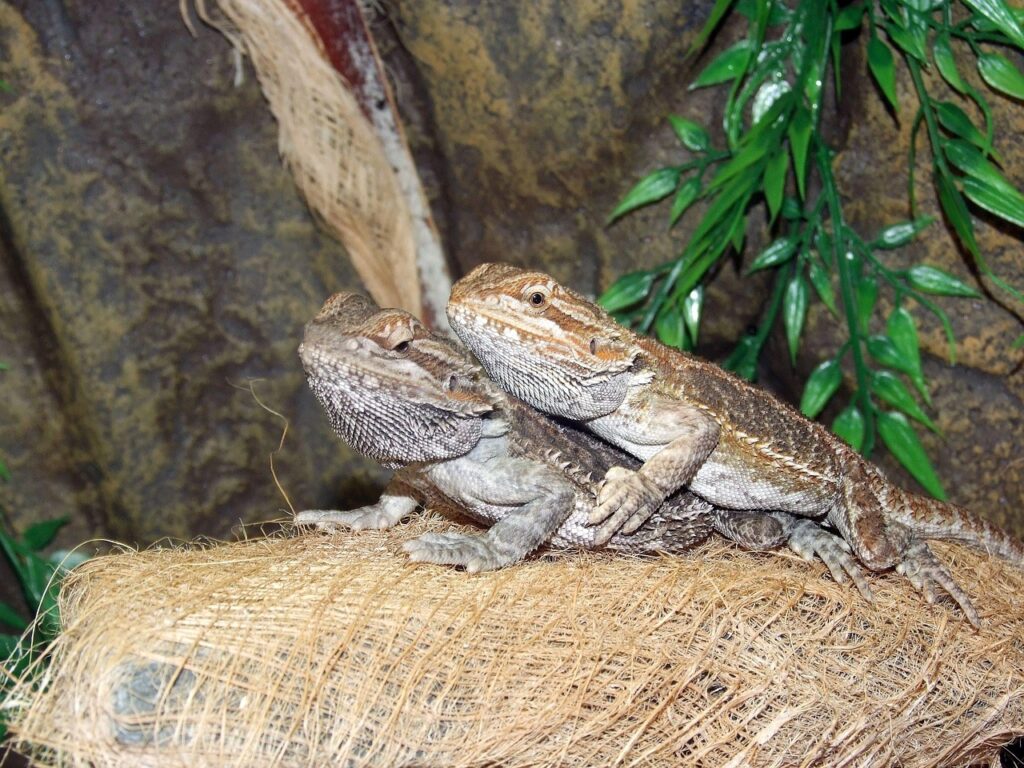
The widespread availability of captive-bred bearded dragons has significantly contributed to their popularity across the United States. Unlike some exotic species that remain difficult to source, bearded dragons are bred extensively by both commercial operations and dedicated hobbyists, ensuring a steady supply of healthy, captive-born animals. This robust breeding industry has eliminated the need for wild-caught specimens, addressing ethical concerns while producing dragons that are already accustomed to human interaction from hatching.
The prevalence of captive breeding has also created opportunities for genetic diversity and the development of the numerous color morphs that attract enthusiasts. Major pet store chains now routinely carry bearded dragons, making them accessible even in areas without specialized reptile shops, while online reptile communities connect potential owners with reputable breeders across the country.
Community Support and Resources
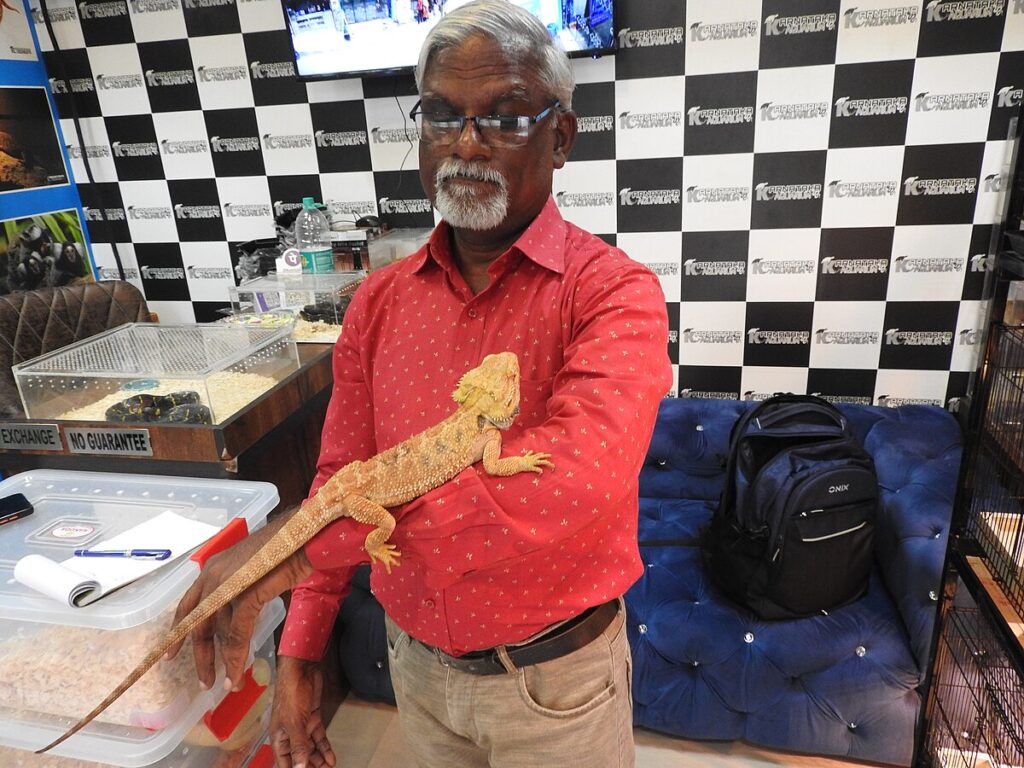
New bearded dragon owners benefit from an exceptionally supportive community and wealth of care resources that have developed alongside these lizards’ rising popularity. Dedicated online forums like Bearded Dragon.org and Reddit’s r/BeardedDragons host thousands of members who share advice, troubleshoot problems, and celebrate their pets together. Social media platforms feature countless bearded dragon-specific accounts and groups where owners exchange care tips and showcase their dragons’ personalities and habitats.
Comprehensive care guides are readily available through reptile organizations, veterinary websites, and published books specifically focused on bearded dragon husbandry. This abundance of information makes the learning curve for new owners less steep and provides reassurance that help is available when questions arise, creating a supportive environment that encourages potential owners to take the plunge into reptile keeping.
Cultural Representation and Media Presence
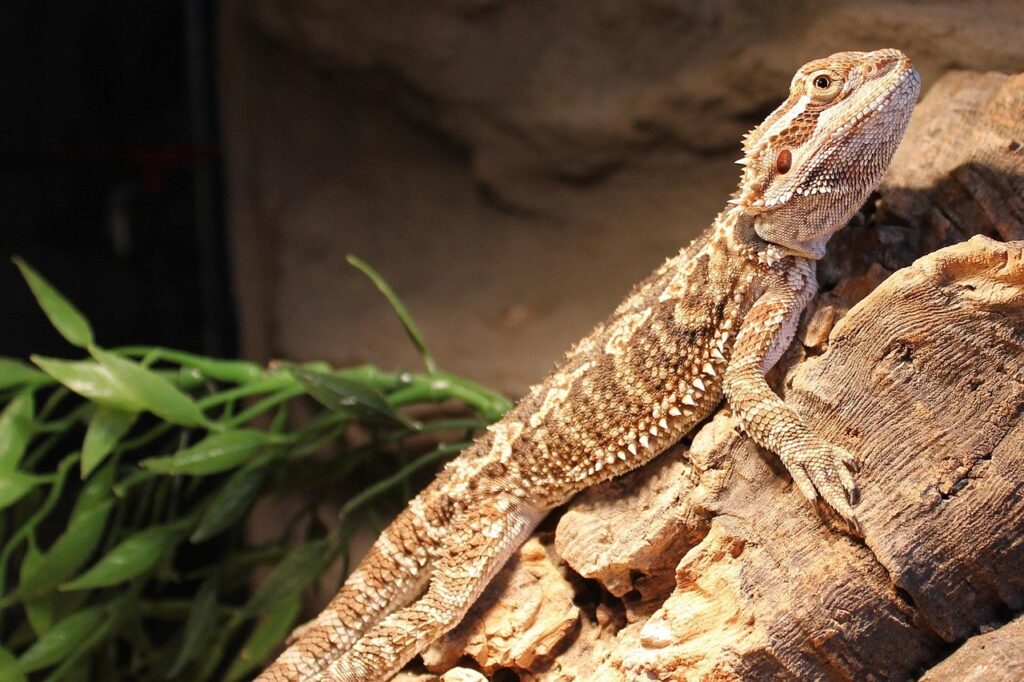
Bearded dragons have secured a place in popular culture that extends their appeal beyond traditional reptile enthusiasts to mainstream pet owners. They regularly appear in pet-themed social media content, often portrayed as charismatic companions wearing tiny hats or participating in miniature scenes that humanize them and showcase their docile nature. Educational television programs frequently feature bearded dragons as ambassadors for reptile species, highlighting their approachable characteristics and manageable care.
Celebrity owners have increased the lizards’ visibility, with figures from various entertainment fields sharing their bearded dragon companions on social media platforms and in interviews. This cultural representation normalizes bearded dragons as companion animals rather than exotic curiosities, making them approachable options for people who might not otherwise consider a reptile pet.
Adaptability to Varied Home Environments
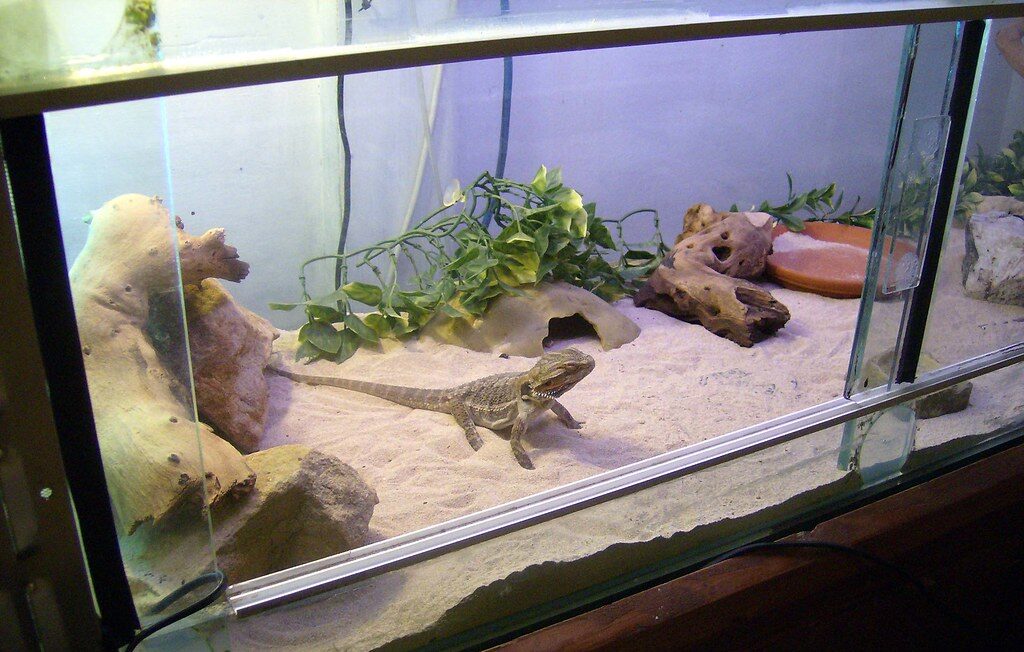
The adaptability of bearded dragons to different living situations has significantly expanded their potential owner base beyond traditional reptile enthusiasts. Their enclosures, while requiring specific heating and lighting elements, don’t produce the excessive humidity that can damage home interiors like some tropical reptile setups might. Bearded dragons are essentially odorless when properly maintained, making them suitable for apartment living where strong pet odors could be problematic.
Their silent nature means they won’t disturb neighbors or household members with noise, unlike many birds or even some mammals. Bearded dragons also adapt well to household routines, becoming accustomed to regular handling times, consistent feeding schedules, and the general activity patterns of their human companions. This flexibility allows them to integrate seamlessly into various household compositions, from quiet single-person homes to busy family environments.
In conclusion, bearded dragons have earned their status as America’s favorite lizard pets through a perfect combination of appealing characteristics that satisfy both practical considerations and emotional desires for pet ownership. Their friendly nature creates meaningful connections with owners, while their manageable size and straightforward care requirements make them accessible to beginners. The distinctive appearance, fascinating behaviors, and diverse color morphs offer the exotic appeal that draws many to reptile keeping in the first place. With strong community support, widespread availability, and increasing cultural acceptance, bearded dragons have transcended the niche reptile hobby to become mainstream pets that appeal to a broad spectrum of Americans. As interest in exotic pets continues to grow, bearded dragons are well-positioned to maintain their reign as the most popular lizard companion in American homes for years to come.
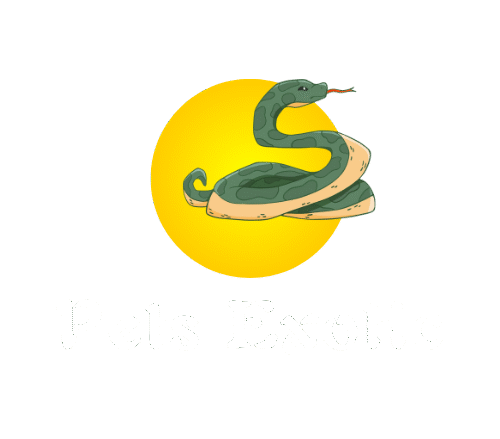

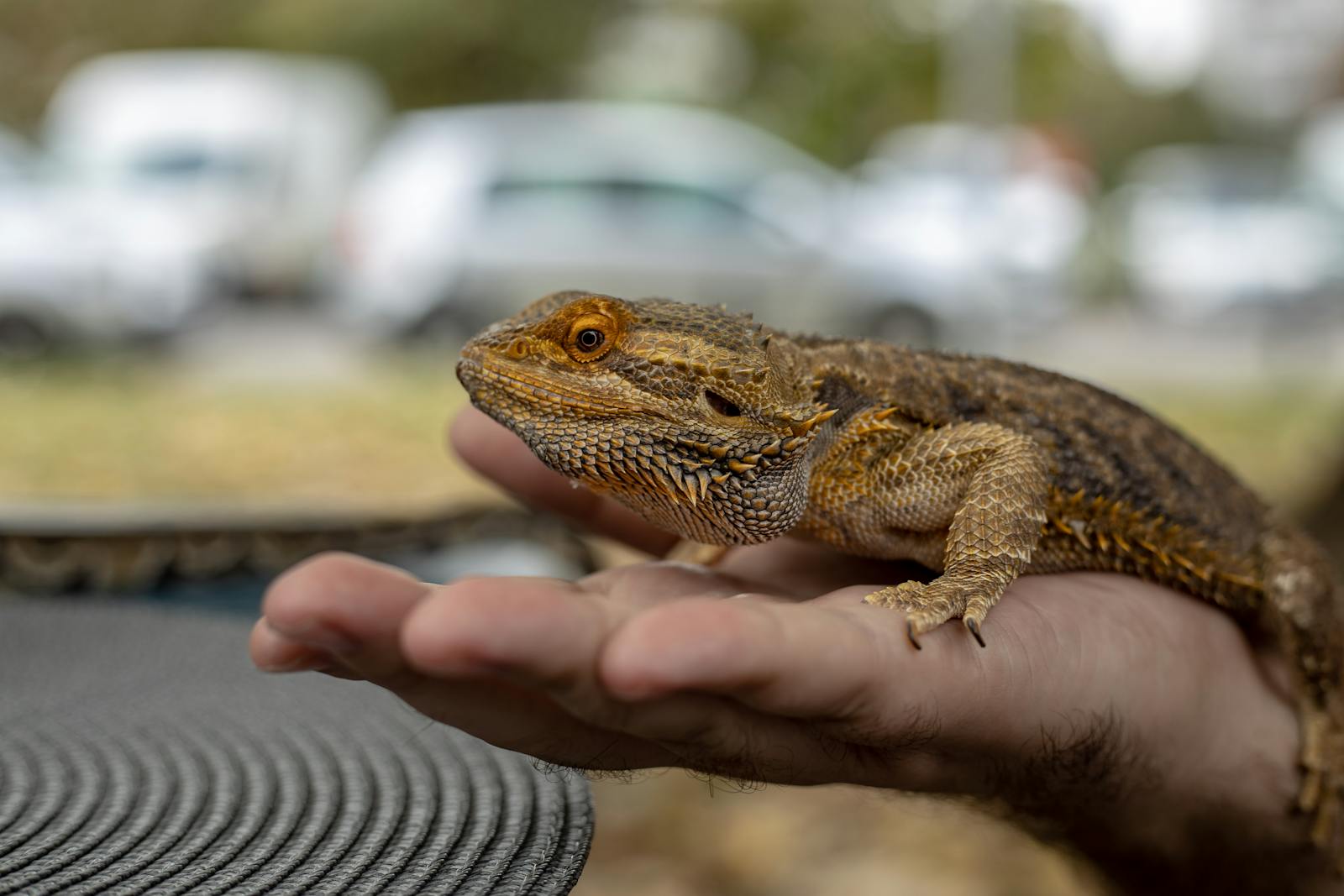

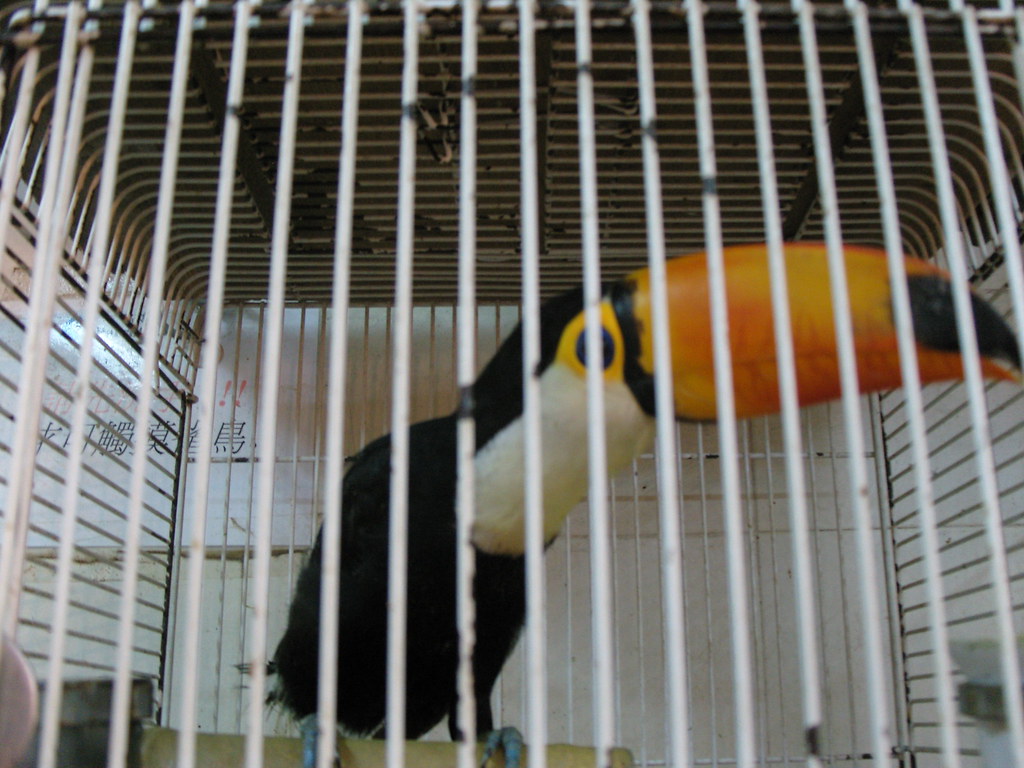
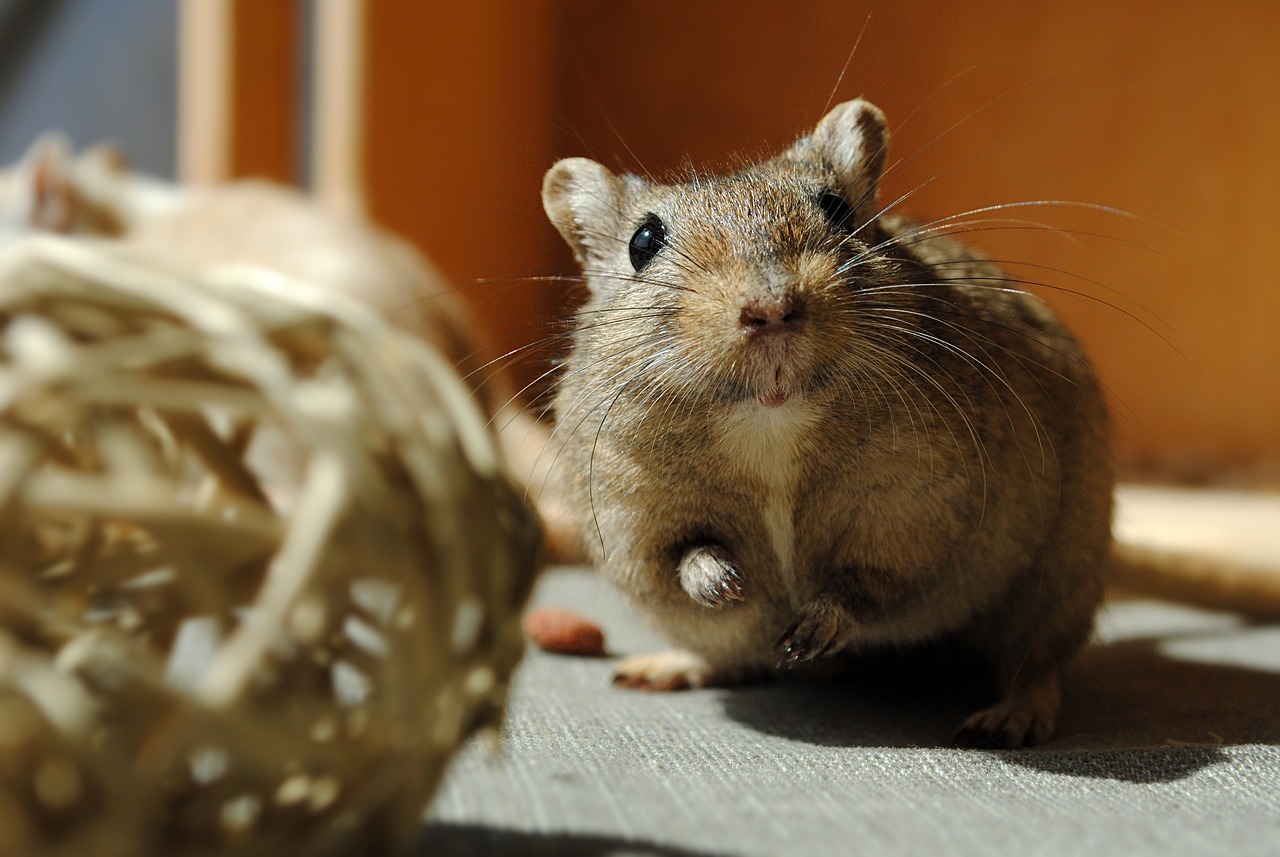
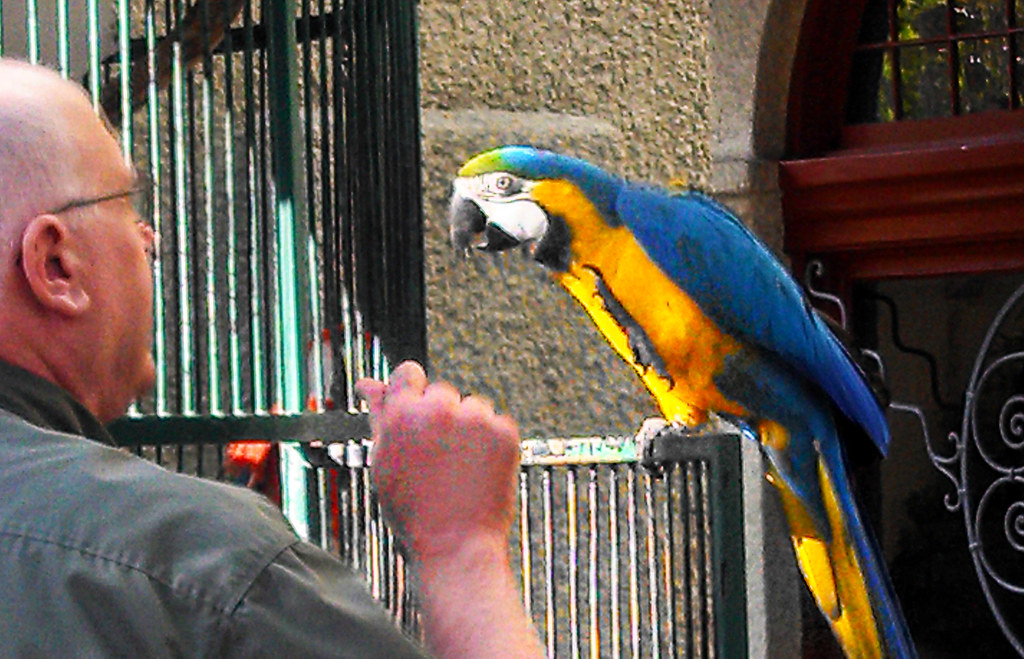
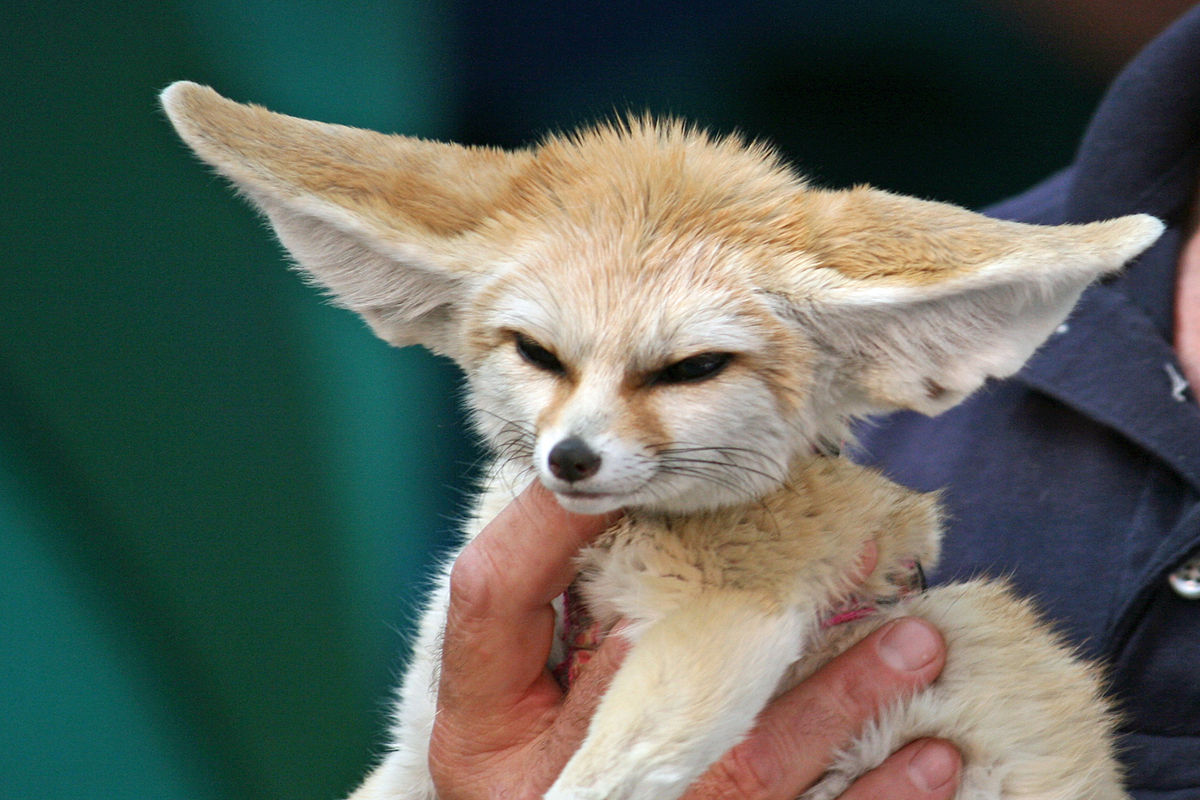
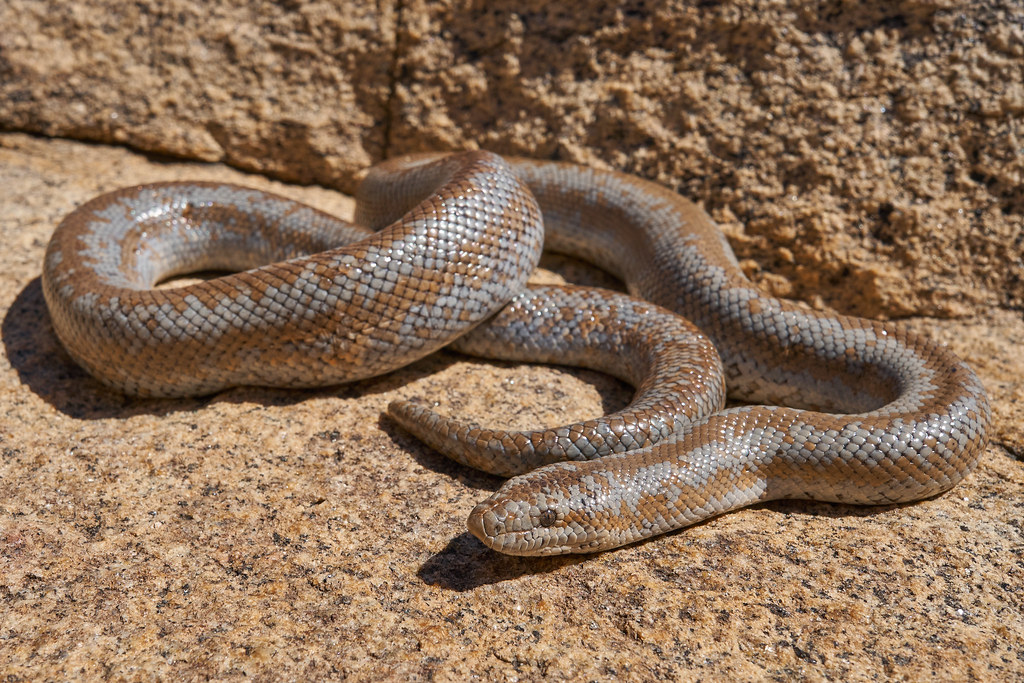
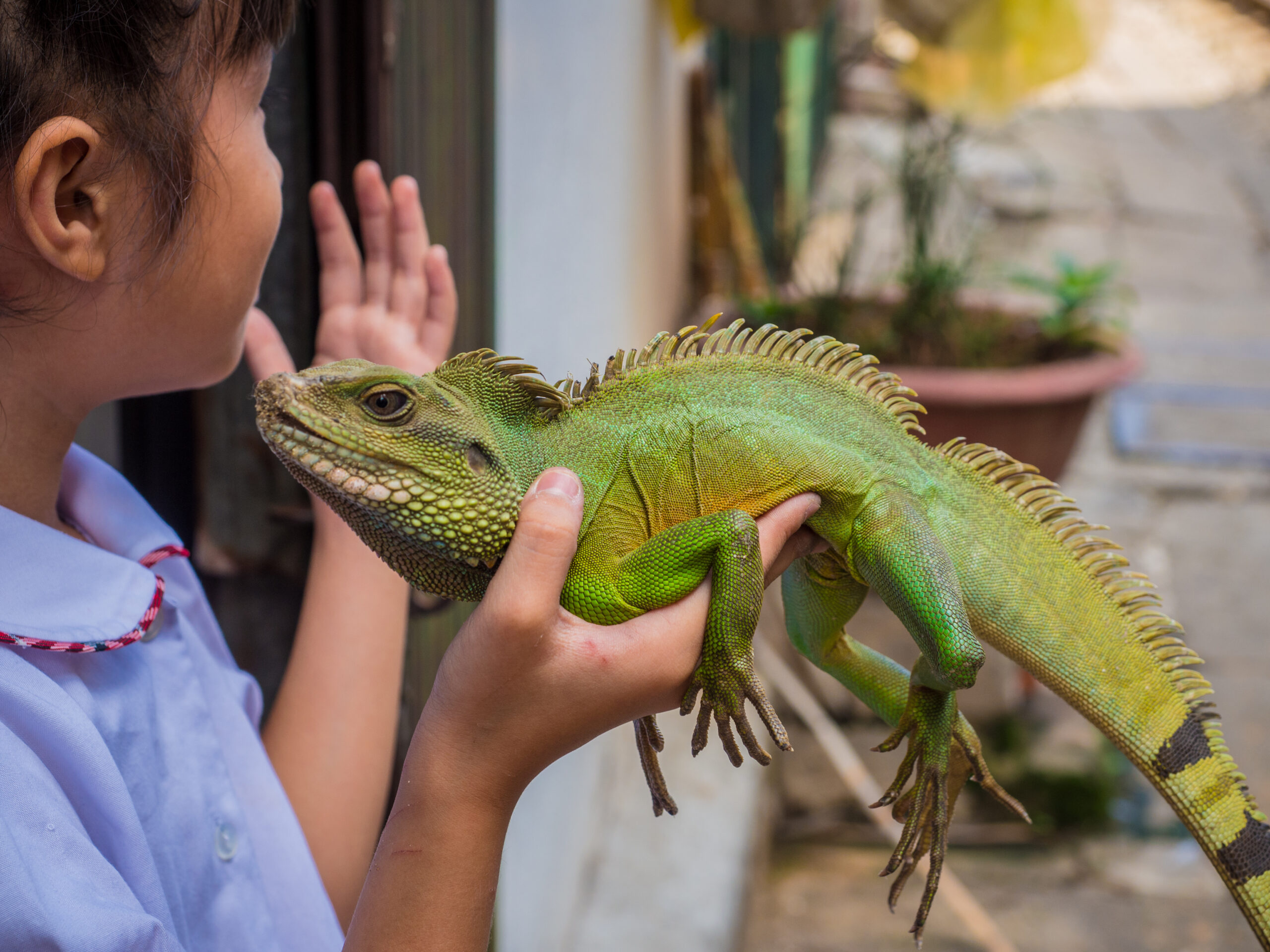
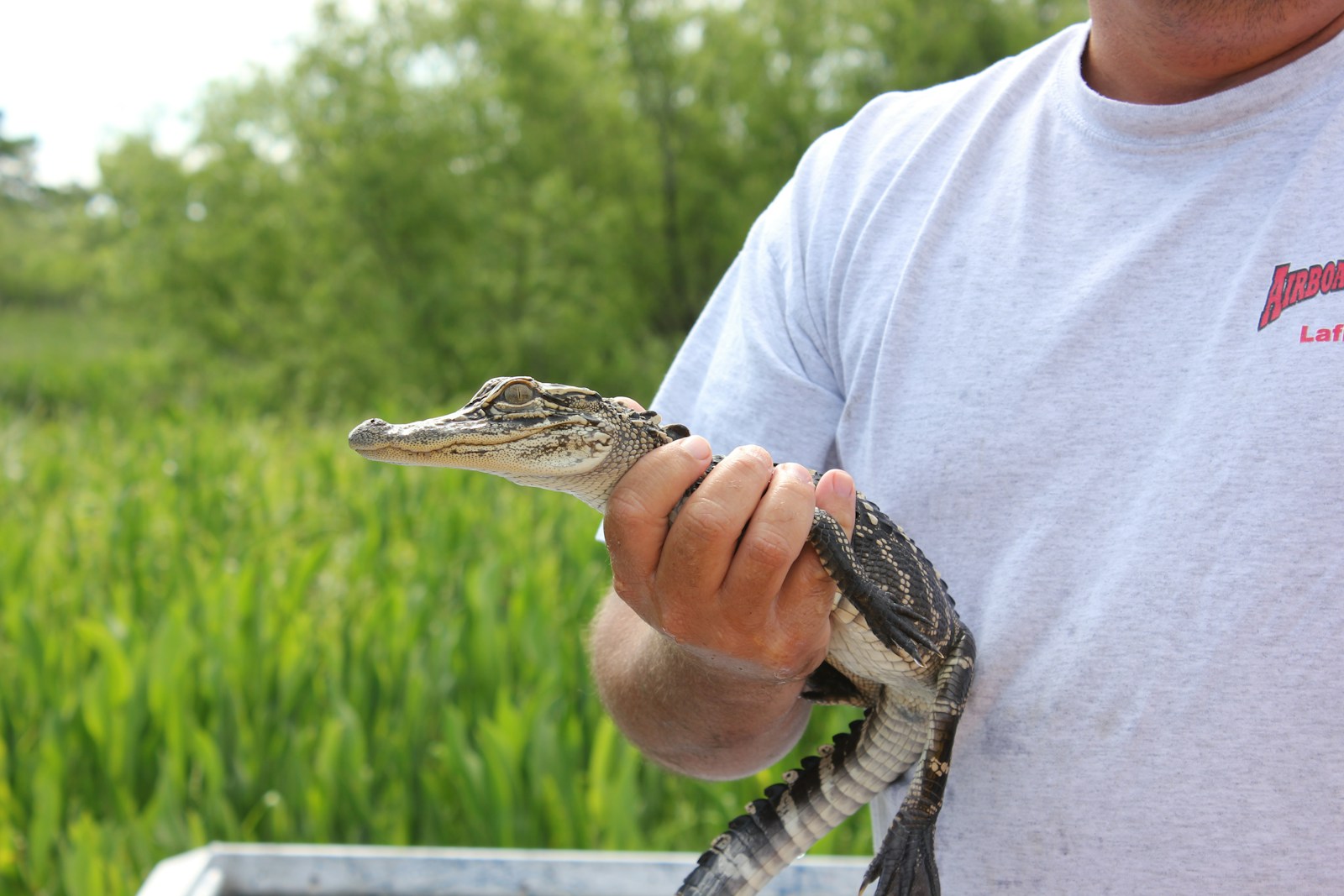
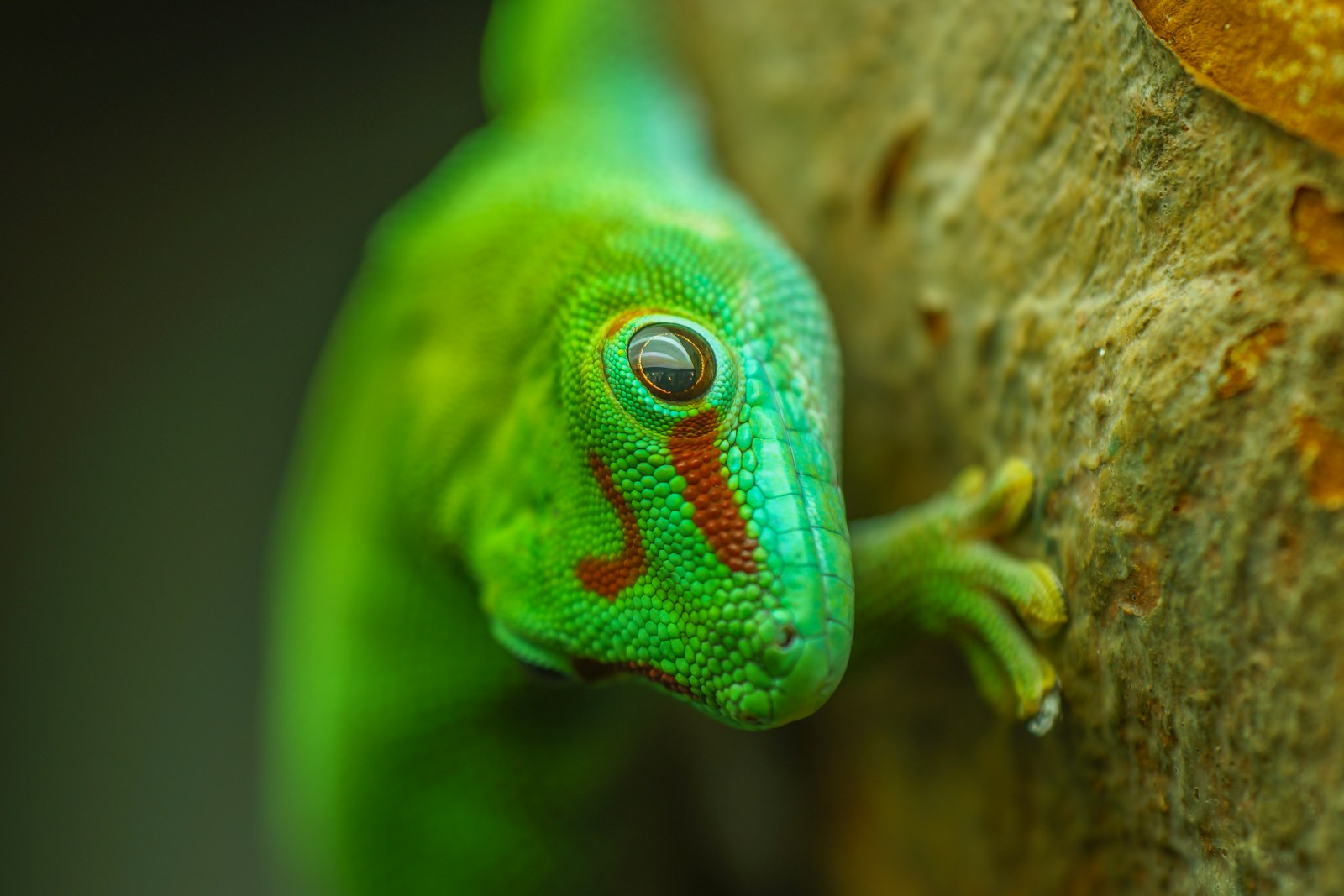
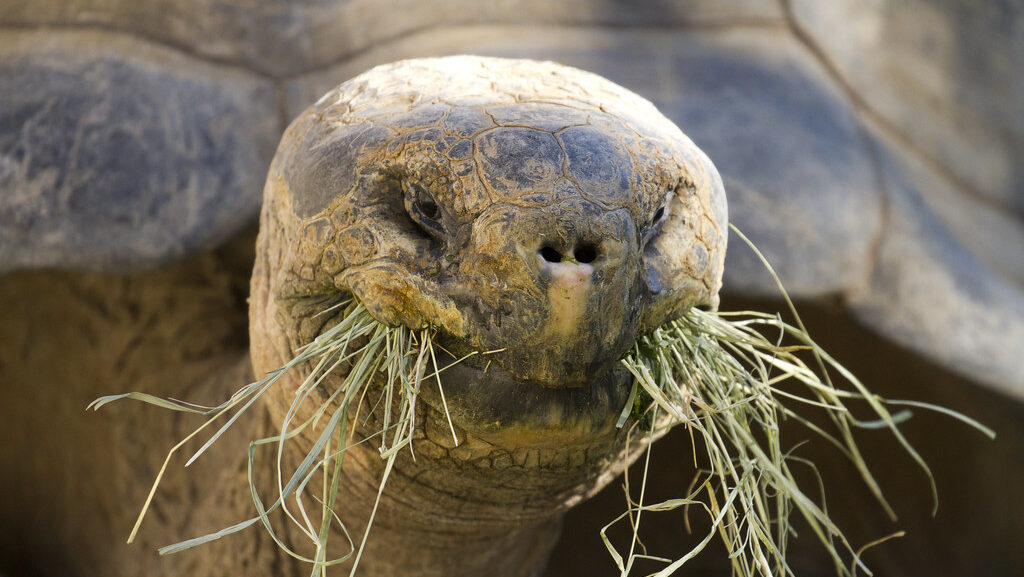
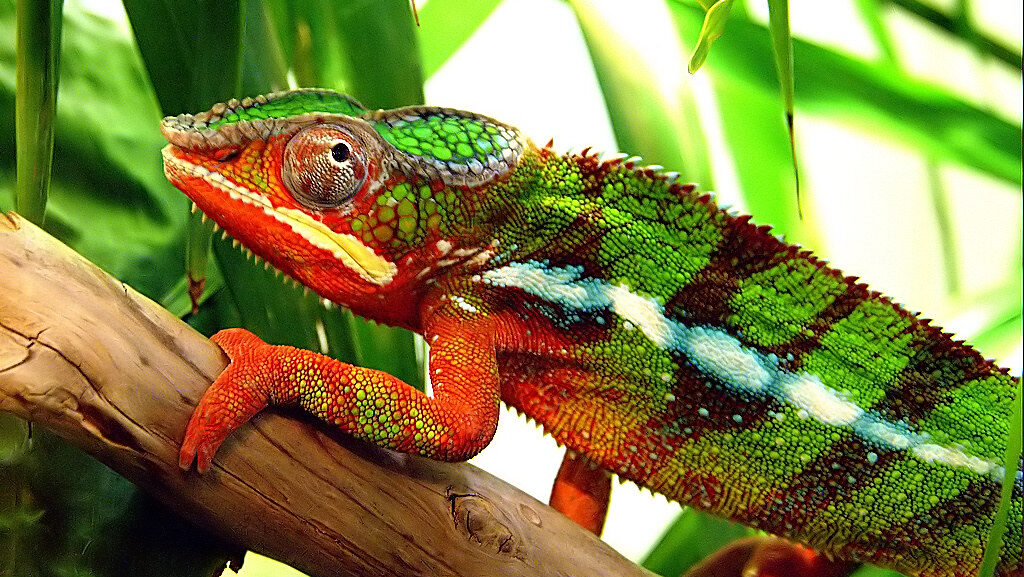
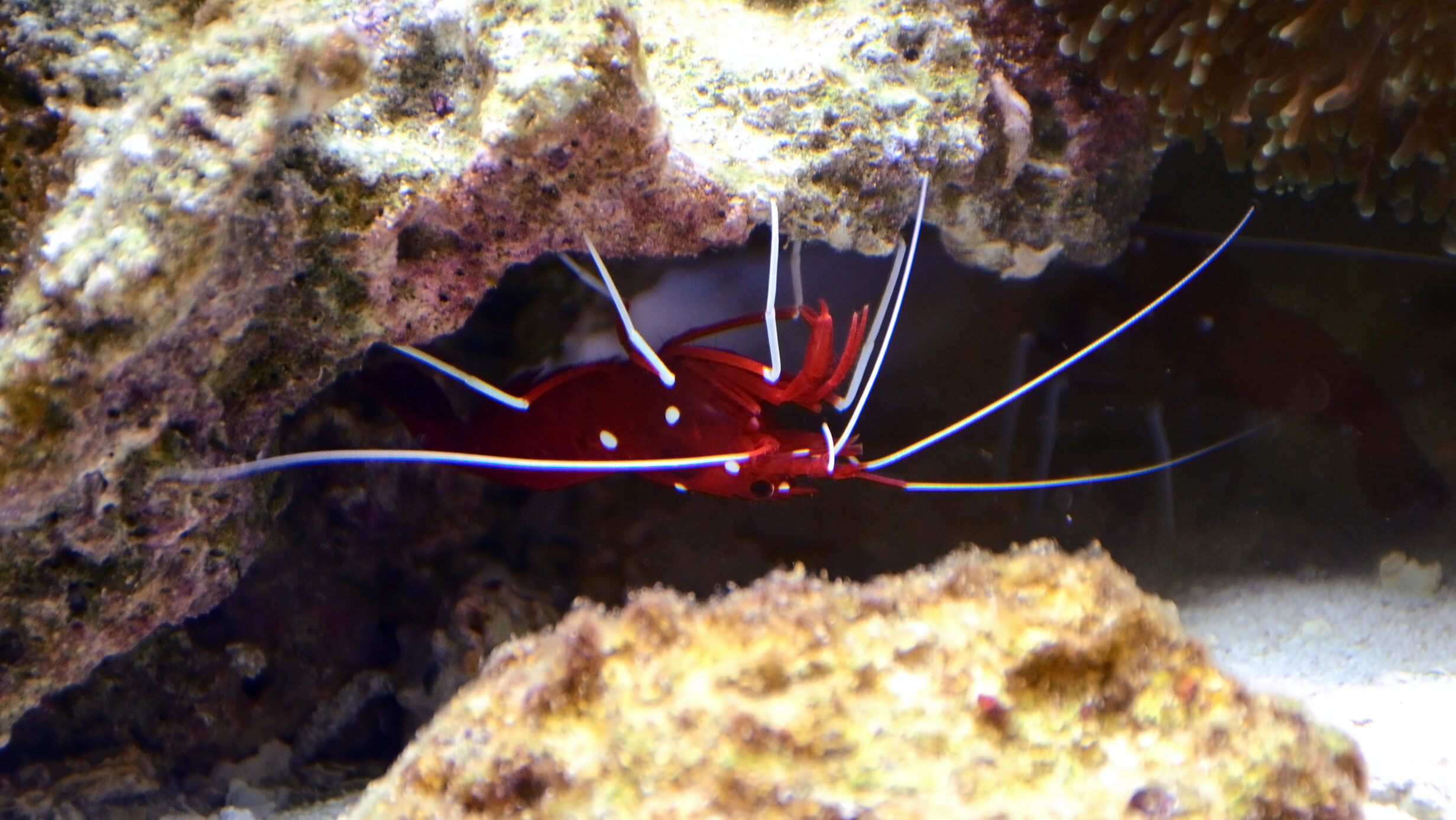
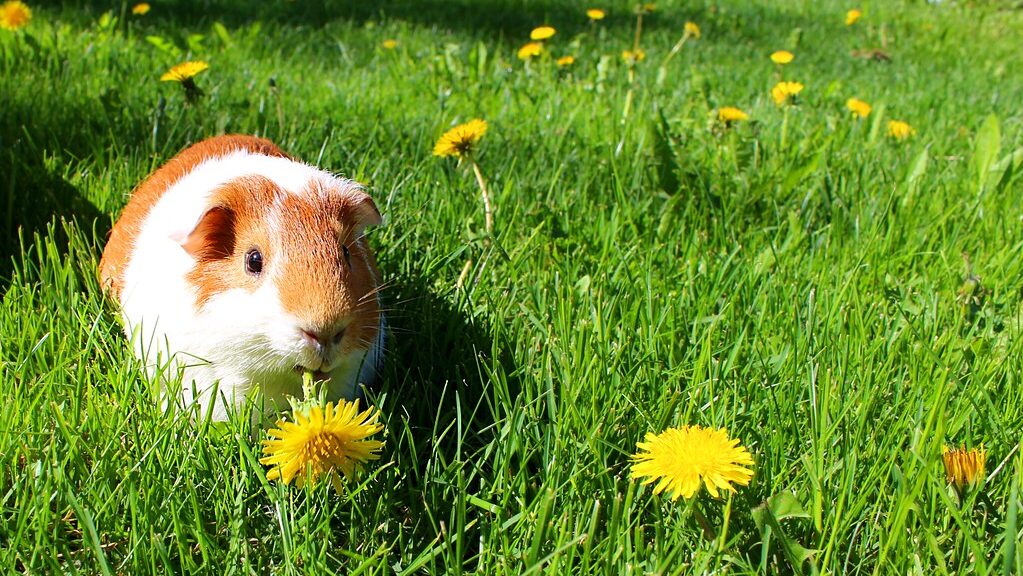
Leave a Reply